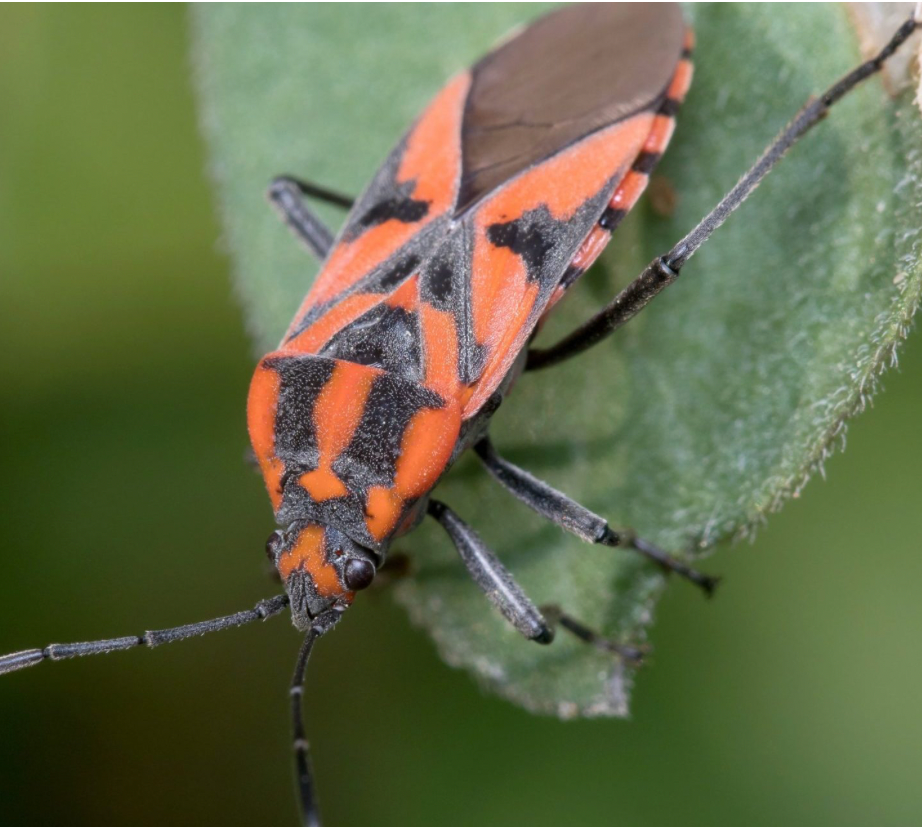
Chinch Bugs: The Hidden Lawn Destroyers and How to Deal with Them
Share
If you’re noticing patches of brown, dry grass in your lawn—especially in the hot, dry months—chances are you could be dealing with chinch bugs (also known as stink bugs). These tiny but destructive insects are a common pest in lawns, and they’re especially problematic in warm climates like South East Queensland. Understanding how to spot, treat, and prevent chinch bugs can save your lawn from long-term damage.
What Are Chinch Bugs?
Chinch bugs (Blissus spp.) are small, winged insects that feed on the sap of grass blades, causing grass to wither and die. The adult chinch bugs are only about 5mm in length and have a distinctive black body with white markings on their wings. Their nymphs, which are smaller and red or yellow, cause damage as well.
These pests are particularly prevalent in warm, dry areas and can cause significant lawn damage, particularly to grasses like St. Augustine, Bermuda, and Zoysia, which are common in South East Queensland.
Signs of a Chinch Bug Infestation
- Patchy, yellowing grass: Chinch bugs inject a toxin into the grass as they feed, which causes it to die. The affected areas often start as small, yellow patches that expand over time.
- Dry patches: Even with regular watering, areas with chinch bugs will dry out, as the bugs damage the roots and prevent the grass from absorbing moisture.
- Increased bird activity: Birds may flock to areas with a chinch bug infestation to feast on the bugs.
- Tunnels or black spots: In severe infestations, you may notice the formation of black spots or visible damage on the grass blades from where the bugs have been feeding.
Why Are Chinch Bugs a Problem in South East Queensland?
The climate in South East Queensland is a perfect breeding ground for chinch bugs. They thrive in hot, dry conditions, which are common in the summer months. As temperatures rise, chinch bugs become more active and reproduce quickly, leading to a rapid spread of their infestation.
During the dry season, lawns are already stressed, and chinch bugs can further weaken grass by preventing it from absorbing water and nutrients. This makes managing them even more critical for lawn health.
How to Treat Chinch Bugs
1. Identify the Problem Correctly
Before applying treatments, it’s essential to confirm that chinch bugs are indeed the issue. One method is the "flotation test."
- Flotation Test: Place a small container (like a coffee can with both ends removed) in an area showing signs of damage. Fill the container with water and wait for about 5 minutes. If you see small black or red bugs floating to the surface, it’s likely a chinch bug infestation.
2. Natural and Biological Treatments
If you prefer natural methods, here are a few options:
- Beneficial Nematodes: These microscopic worms can be applied to your lawn to target and kill chinch bugs in the soil without harming your grass.
- Neem Oil: While neem oil is more effective against a broad range of pests, it can help deter chinch bugs when applied to affected areas. It disrupts the bug's feeding and growth cycle, gradually reducing their numbers.
3. Chemical Treatments
For severe infestations, you may need to resort to chemical insecticides. Look for products containing active ingredients like bifenthrin, permethrin, or deltamethrin. These insecticides can be sprayed on your lawn to kill chinch bugs quickly. Be sure to follow label instructions and apply during the cooler parts of the day to avoid harming beneficial insects or burning your grass.
4. Watering and Lawn Care
- Deep water: Lawns affected by chinch bugs often appear drought-stressed. Deep watering can help strengthen the grass, but remember that chinch bugs will continue to damage weakened grass.
- Mow properly: Keeping your lawn at a proper height (for example, 30-50mm for St. Augustine grass) encourages healthy grass growth, making it more resistant to pests. Avoid cutting your grass too short, as this can expose it to more damage.
- Dethatch: Chinch bugs thrive in areas with excessive thatch, so dethatching your lawn can help reduce the places they hide and feed.
Preventing Chinch Bugs
- Regular lawn maintenance: Keep your lawn healthy with proper watering, mowing, and fertilization. Healthy grass is more resilient and less attractive to pests like chinch bugs.
- Reseed and overseed: If your lawn has large patches of dead grass due to chinch bug damage, reseed or overseed to promote fresh, healthy growth that can outcompete pests.
- Use resistant grass varieties: Some grass varieties, like fescue and ryegrass, are less susceptible to chinch bug infestations. If you are planting a new lawn, consider selecting these types for better resistance.
Final Thoughts
Chinch bugs may be small, but they can cause significant damage to your lawn if left untreated. By keeping an eye out for the signs of an infestation and taking prompt action, you can protect your lawn from these pesky bugs. Whether you choose natural methods or chemical treatments, maintaining a healthy lawn with proper care is the key to keeping chinch bugs at bay.



